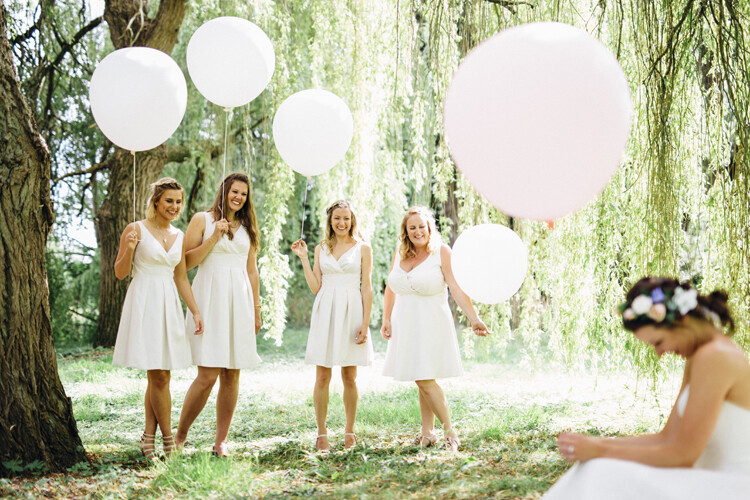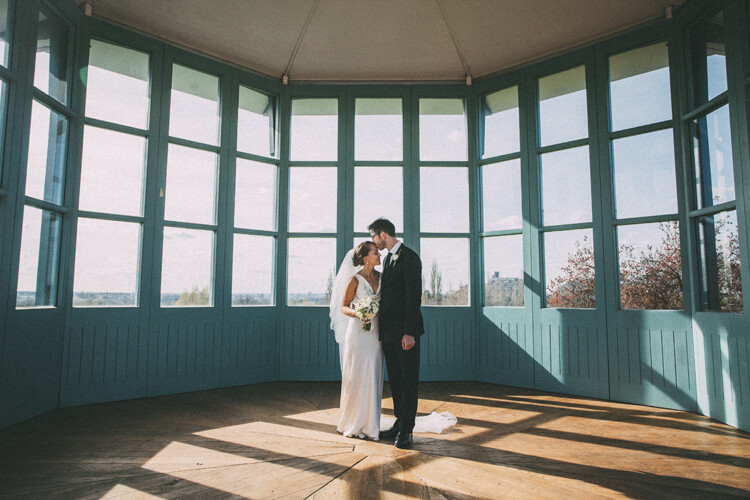The post 6 Scenarios to Try for More Interesting Beach Photography appeared first on Digital Photography School. It was authored by Jeremy Flint.
Coastal adventures are a spectacular way to explore with your camera and to soak in the sea views and fresh sea air. There are so many amazing beaches and miles upon miles of coastline around the world or closer to home to entice photographers to the sea. Beautiful seascapes can vary from wide open clifftop vistas to picturesque harbors, tranquil ocean views, secluded coves, and even fishing villages. Here are 6 scenarios to try for more interesting beach photography:
1. Monumental views

Sailing boat at sea
Firstly, take in the bigger picture when capturing your seascapes.
Seek out and find those great sweeping ocean views that cover a wide expanse of sea. Be sure to use a wide-angle lens to photograph the scene too. By photographing the sea and sky, you can add another element to the scene to improve your photos.
An interesting sky also adds texture and atmosphere to the sea view and creates interesting beach photography.
2. Interesting patterns

Cornwall, England
During your adventures at the coast, look for interesting patterns and textures to photograph. You will find many details such as shells, patterns in the sand, and interesting rocks. Rockpools can be great subjects to focus your camera on to make dramatic beach photos.
Consider how your image may be affected by the tide and decide what you most want to achieve with the look of your photos. Shooting at high tide or low tide can alter the appearance of your image. At high tide, for example, some attractive rocks may look even better with the swell of the ocean circling them as opposed to when the tide is out, and the rocks separate from the sea. Try to time your visit to coincide with your photo objective. Alternatively, visit a location and plan a return visit when the tide levels are suitable.
3. Secluded coves

Cornwall, England
Finding and photographing a secluded cove is a great way to spend your adventures capturing coastal scenes.
When photographing these wonderful locations, find a suitable vantage point from higher up, such as on a ledge or from beach level. Take care when photographing the sea and be careful when standing near cliff edges or moving over slippery rocks – they can be treacherous.
Another thing to be aware of is the tide times, which are very important for your own safety. If you can coincide your visit when the tides are receding this is usually a favorable time to prevent being trapped by the incoming seas or being caught out by a rogue wave.
4. Find hidden gems

Cornwall, England
Think beyond the familiar landmarks when photographing the coast. There are endless opportunities and locations for you to discover.
One of the best ways to find new places is to explore the coast on foot. Instead of heading for the nearest beach, venture out for a long walk along the coastal paths. You never know what you might see. Behind every turn and headland, there are often hidden gems to discover. These may include secret beaches that have seen few visitors. Perhaps you will find sea caves lying beneath the clifftops which have been formed by the sea eroding the land over time.
5. Coastal shores

Cornwall, England
Coastal shores can offer some of the most dramatic and best photo opportunities for seascapes. Crashing waves and moody skies after a storm can be great for your coastal photos.
How you capture your coastal adventures depends on the type of image and mood you want to evoke.
The coast can look very different throughout the day. You could either go there in the late afternoon to capture the suns rays striking the cliffs or visit during the day when the beach is busier and more active with people.
Visiting at different times of the day will give you the chance to capture a wide variety of shots to include in your collection.
6. Sunsets

Land’s End, Cornwall, England
Photographing Sunsets by the sea are one of the most popular things to capture – and for a good reason. The coastline often looks its best at this time of day when the colorful glow is spectacular. Views of the sea get transformed into wonderful vistas with great light. Sand dunes and rock ledges can look great with the sunset light shining on them.
Shooting into the sun is another great way to capture the sunset during your coastal adventures.
Conclusion
Use these tips to capture more interesting beach photography and seascape images. Next time you are visiting the coast remember to look out for great ocean views, interesting details, secluded coves, hidden beaches, coastal vistas, and dramatic sunsets and share your images with us below.
What do you enjoy about beach photography?

The post 6 Scenarios to Try for More Interesting Beach Photography appeared first on Digital Photography School. It was authored by Jeremy Flint.






























 Dear Photojojo,
Dear Photojojo, Dear Photojojo,
Dear Photojojo, Dear Photojojo,
Dear Photojojo, Dear Photojojo,
Dear Photojojo, Dear Photojojo,
Dear Photojojo, Dear Photojojo,
Dear Photojojo,
You must be logged in to post a comment.